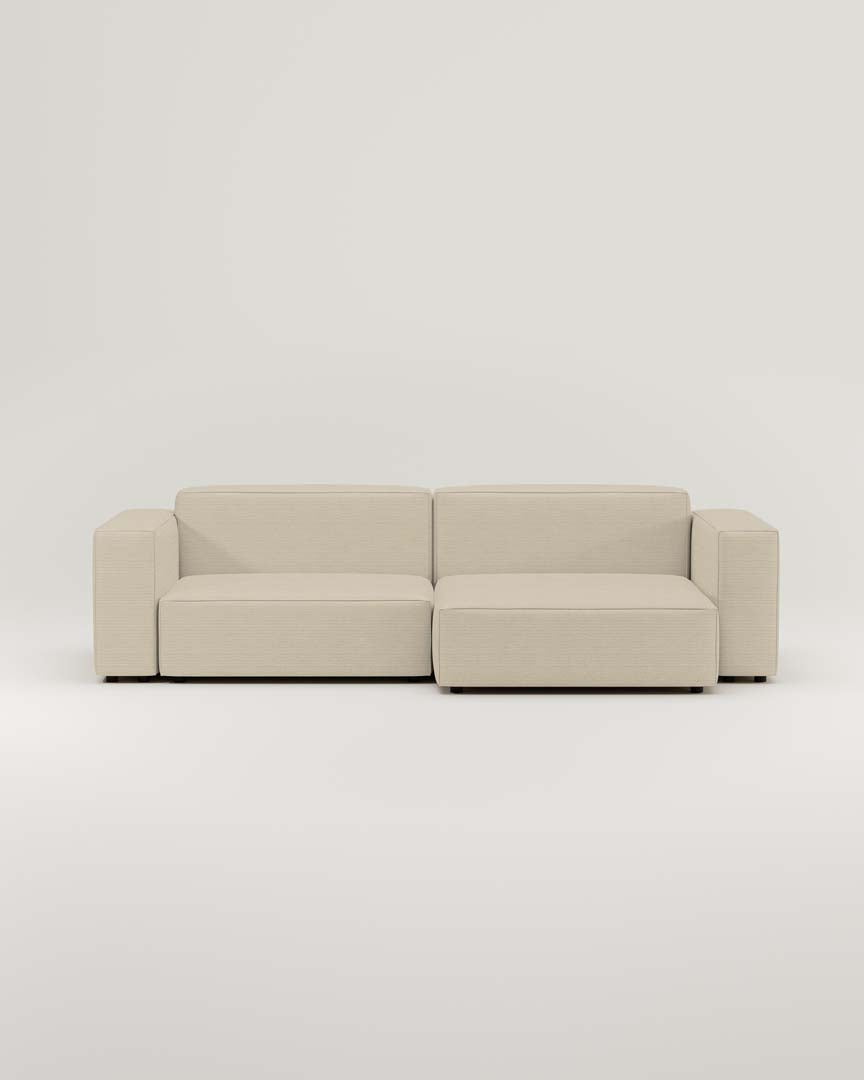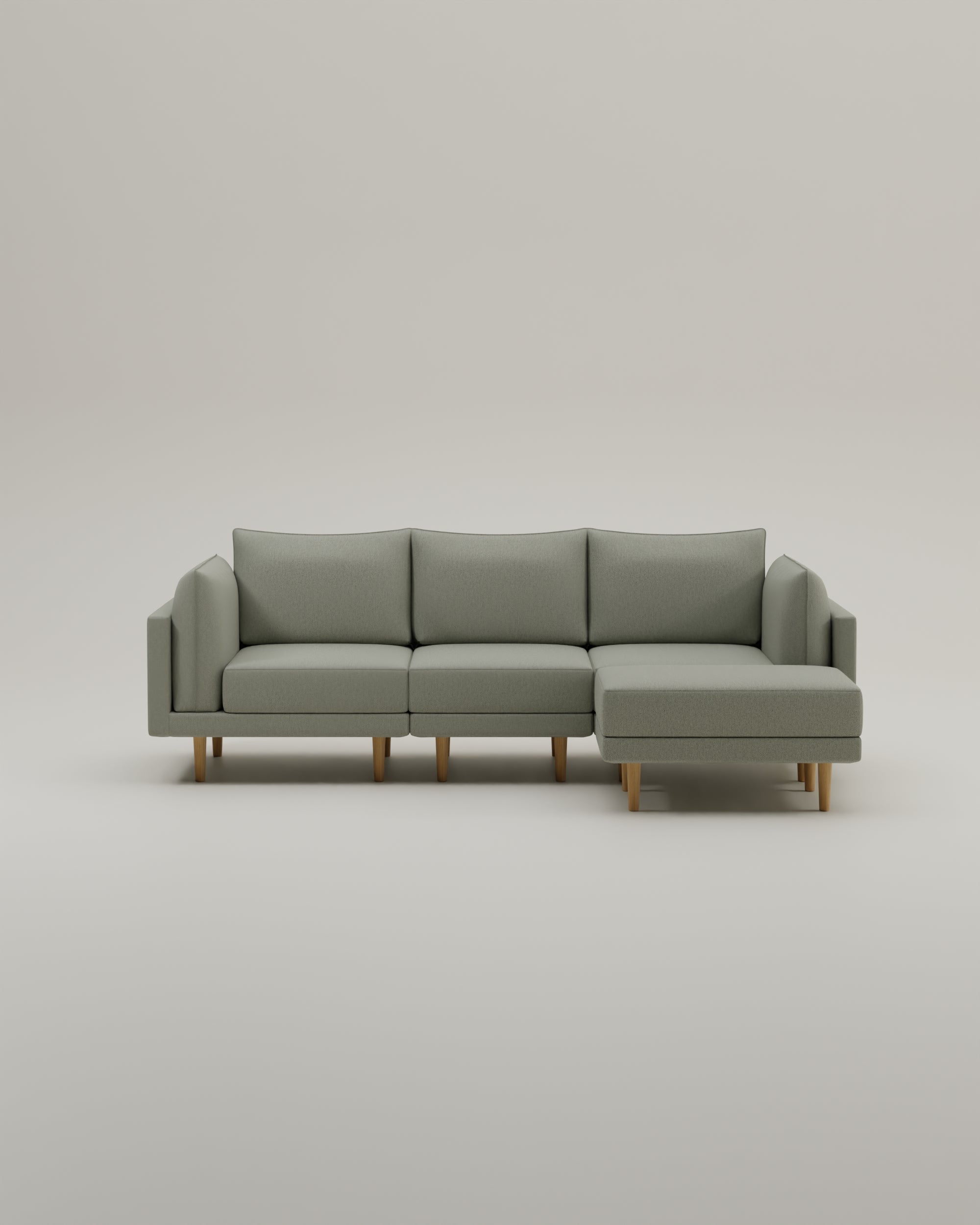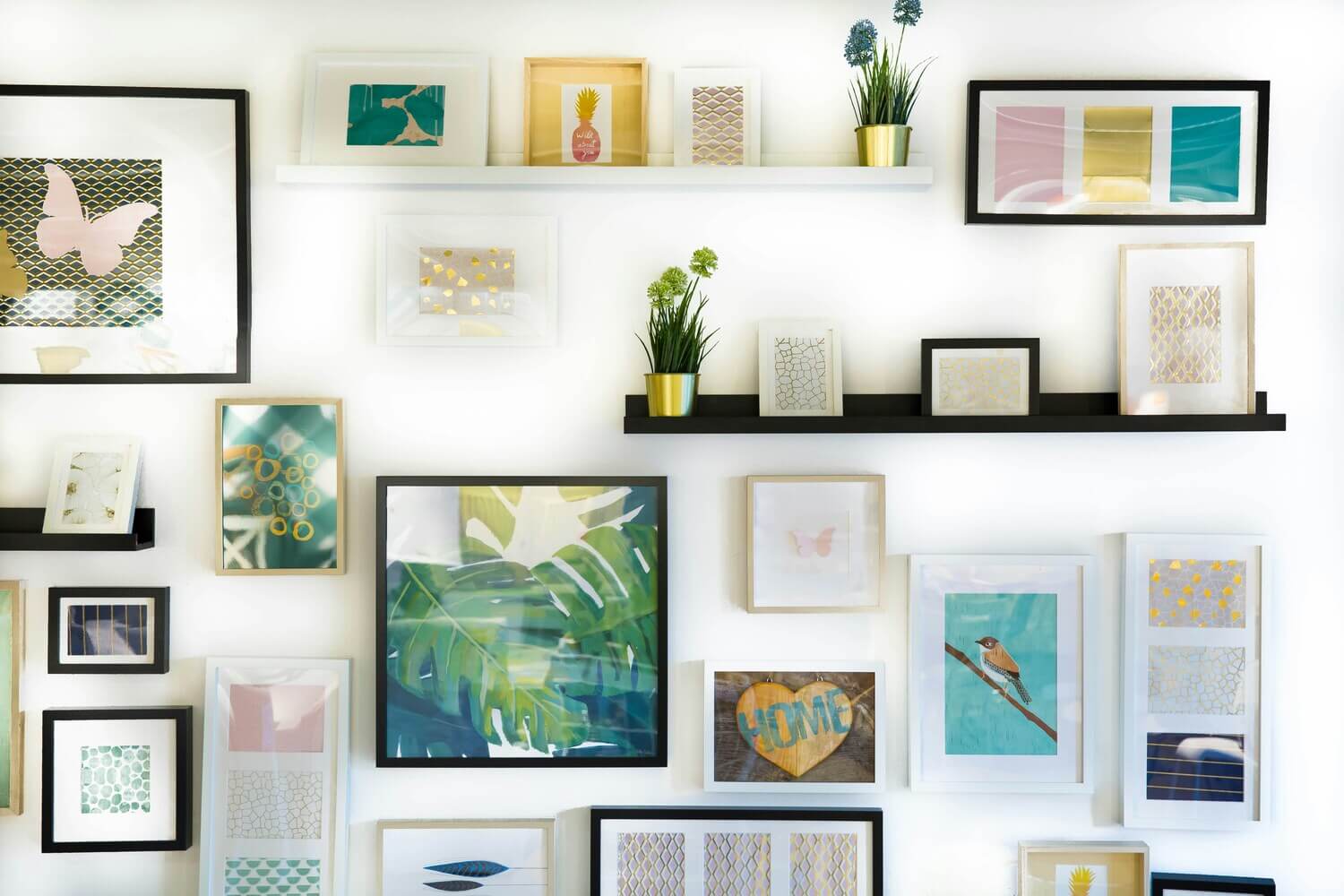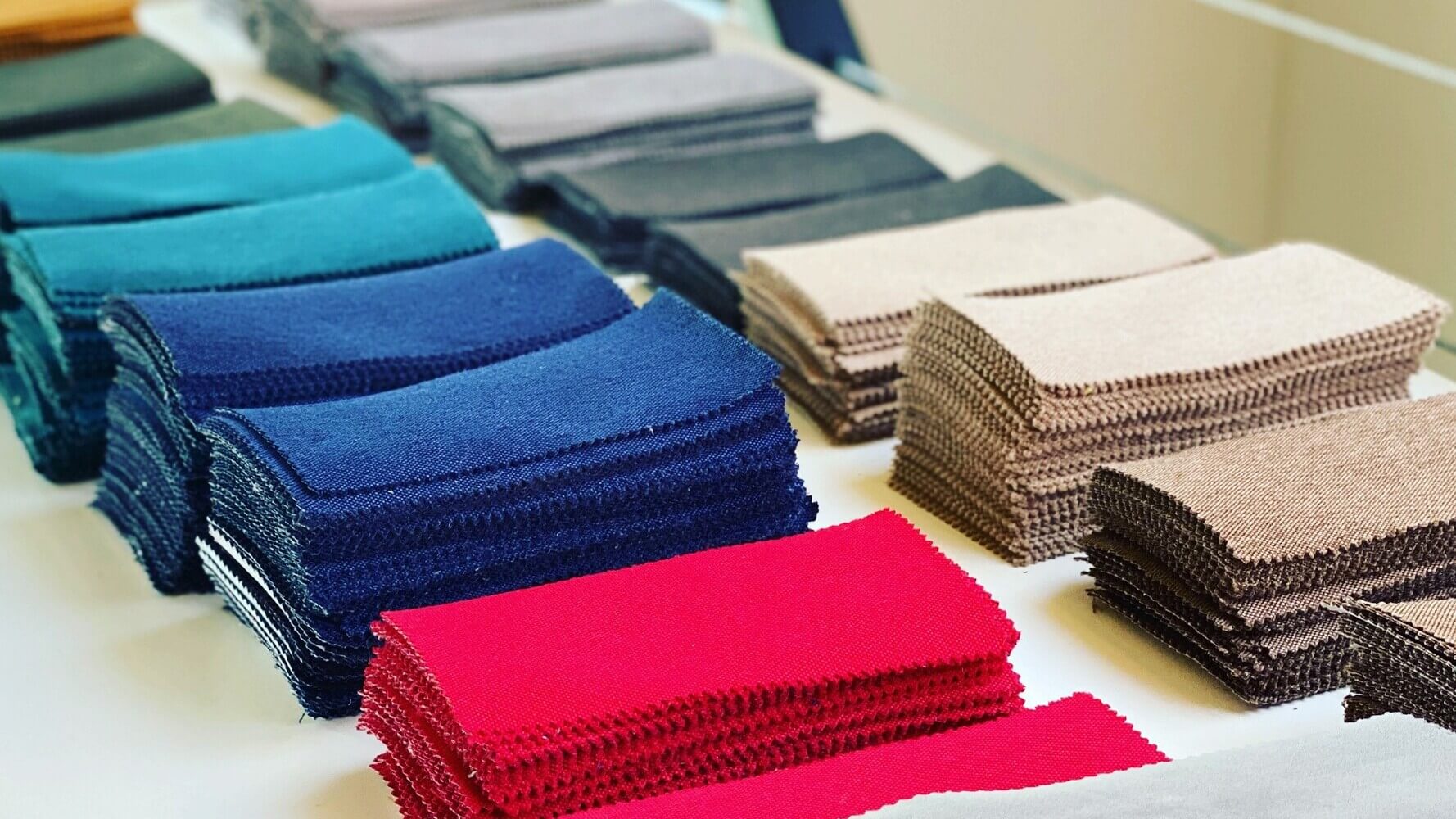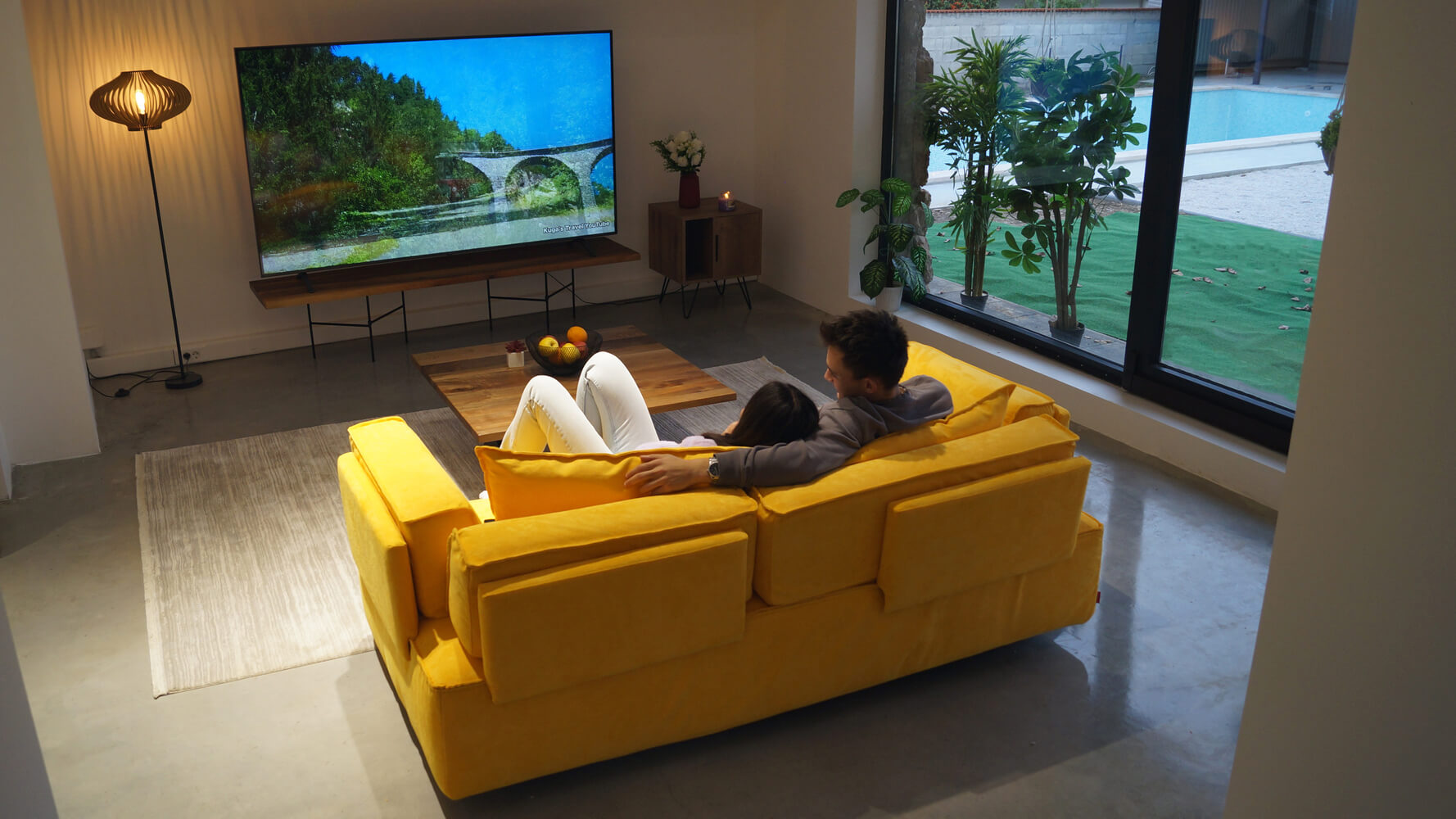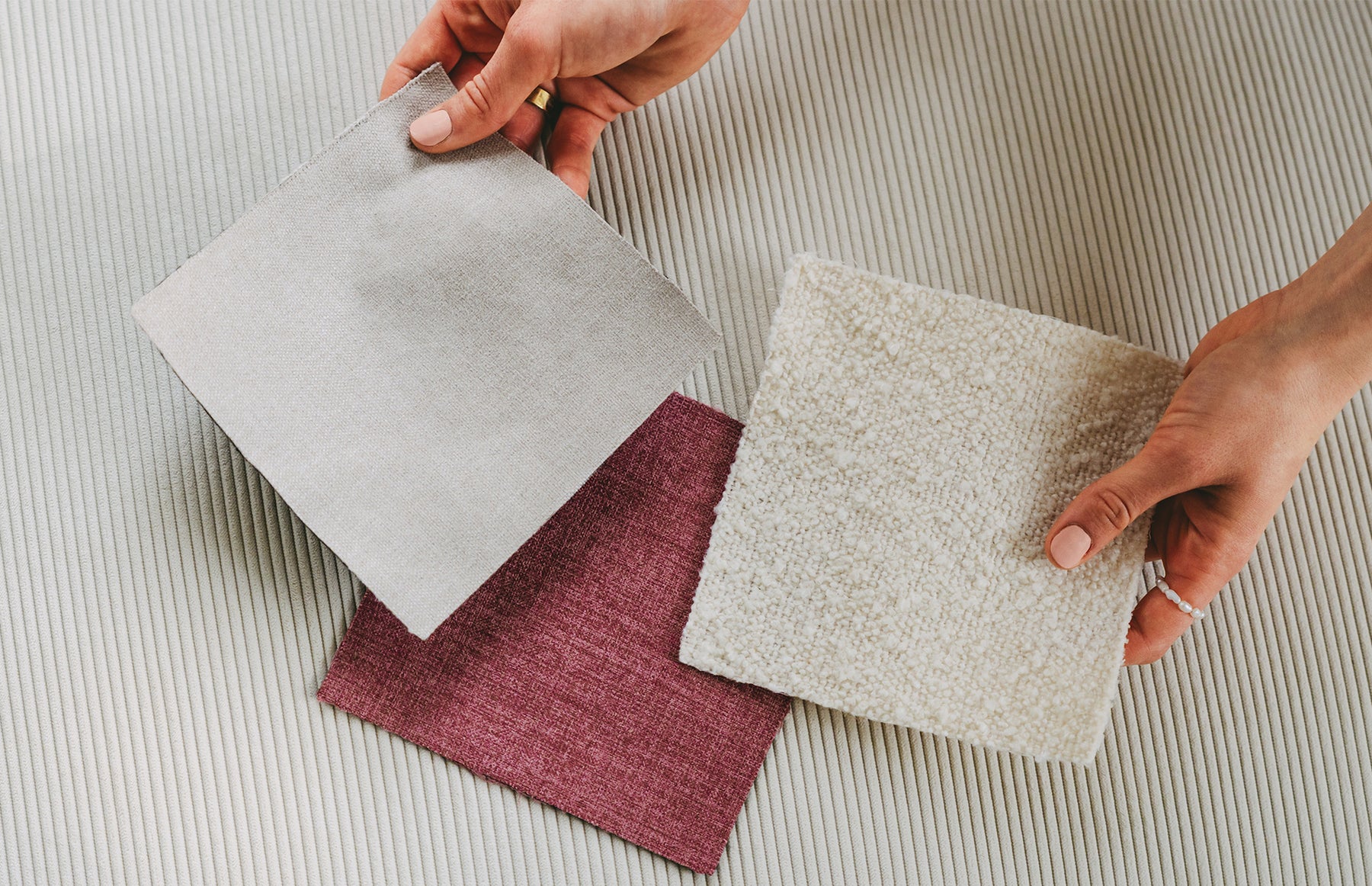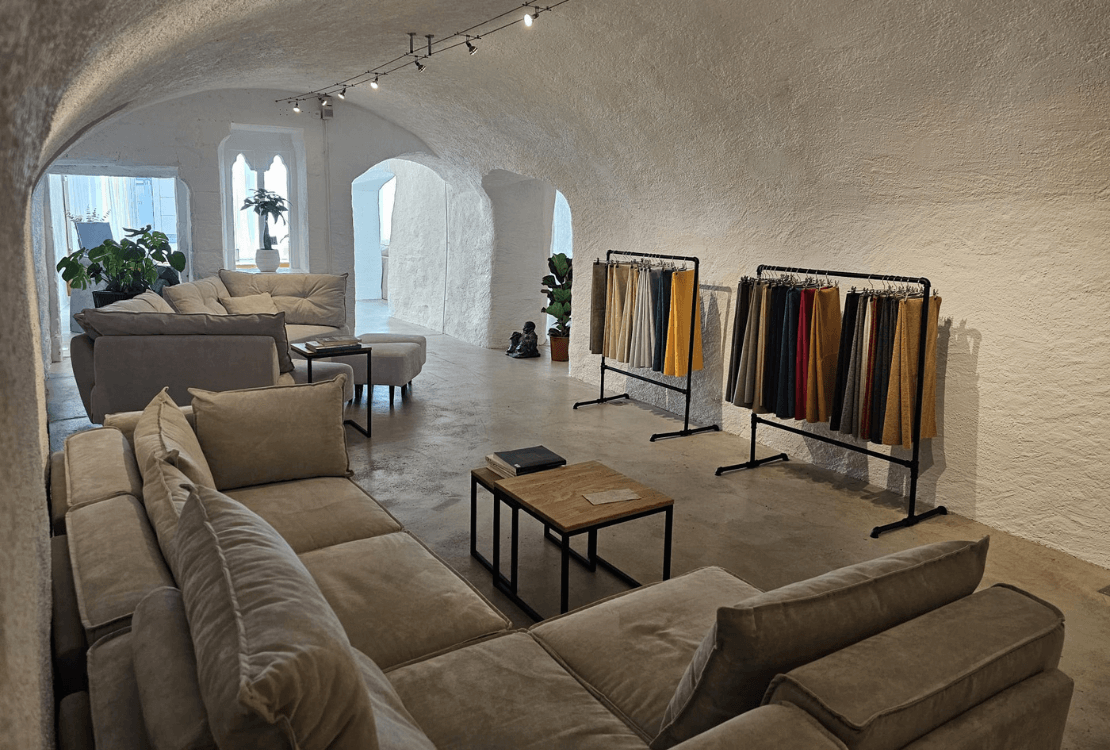Have you ever heard of a moodboard? If not, then you definitely miss something great! A Moodboard is a creative and visual way to design your living rooms and visualize your design ideas. It helps you to have a clear plan and to ensure that your facility looks coherent and harmonious. In this article I will show you how to create a moodboard for your living rooms and why it is so important.
What is a moodboard and why is it important?
A moodboard is a compilation of images, colors, textures and materials that represent your design vision for a room. It serves as a source of inspiration and visual reference to ensure that you reach the desired look and the desired atmosphere. A moodboard helps you to organize and visualize your ideas before you start buying furniture and accessories. It is a great way to explore your own style and ensure that all elements fit together in your room.
The importance of Moodboards in the interior design
Interior designers often use Moodboards to present their ideas and help customers understand the desired end result. A moodboard enables color schemes, materials and styles to visualize at a glance and ensure that the room corresponds to the customer's ideas. It is a practical tool to avoid misunderstandings and ensure that everyone is on the same side.
Are you still looking for the right sofa for your moodboard? Discover our modular sofas with washing and changeable covers.
Advantages of using Moodboards
The use of Moodboards offers many advantages. Here are some of the most important:
- Planning and organization: A moodboard helps you to organize your thoughts and organize your design ideas. You can put together different elements and see how they go together.
- Visualization: With a moodboard you can visually display your ideas. It is much easier to understand colors, textures and styles when you see them on a moodboard.
- Coherence and harmony: A moodboard enables you to ensure that all elements fit together in your room and create a harmonious atmosphere. You can try out different options to achieve the best result.
Another advantage of using Moodboards is that you can help you develop and define your own style. By putting together different images and materials, you can find out which elements you like and how you can combine them in your room.
A Moodboard can also serve as a means of communication. If you work with an interior designer or a customer, you can use the Moodboard to convey your design ideas and ensure that everyone involved has the same idea of the end result.
In addition, a Moodboard is a useful tool to compare different options and make the best decisions for your space. By putting different images and materials side by side, you can see how they fit together and which combination works best.
In summary, it can be said that a moodboard is an indispensable tool for interior design. It helps you to visualize your design visual, to organize your ideas and to ensure that all elements fit together in your room. With a Moodboard you can explore your own style and make sure that you reach the desired look and the desired atmosphere.
The necessary materials for a moodboard
Before you start creating a mood board, you need certain materials. Here is what you need:
Selection of the right materials
For your moodboard you need a large pin board or a large piece of cardboard, adhesive or adhesive tape, scissors, photo prints, color samples, pieces of fabric and everything else that helps you to visualize your design ideas. You can also search for inspiration online and print out pictures to add them to your Moodboard.
Where you can find materials for Moodboards
There are many places where you can find materials for your moodboard. Shops for artificial needs, wallpaper patterns, furniture catalogs and online design platforms are great sources for pictures, color samples and inspiration. Don't forget that you can also take your own photos of inspiration that you discover on the way.
Here is an example with confessed materials and colors:
Step-by-step instructions for creating a mood board
Now that you have all the materials, we can start creating your moodboard. Follow these steps:
Selection of the right colors and textures
The first step is to select the colors and textures that you want in your room. Search for pictures that represent the desired color pallets and materials. Cut out and put them aside. Did you know that colors have different effects and meanings? Find out everything about here The psychology of colors.
Arrangement of the elements on the moodboard
Now it is time to arrange your selected pictures, color samples and textures on the moodboard. Experiment with various layouts and consider how the elements fit together. You can attach them with glue or adhesive tape. Be creative and be guided by your intuition.
Tips and tricks for an effective moodboard
An effective moodboard can make a big difference in your room. Here are some tips and tricks to get the best out of your Moodboard:
How to create a coherent Moodboard
To create a coherent Moodboard, you should make sure that all elements fit together. Experiment with different variations of colors, textures and materials to achieve the best result. Also make sure that you have a balanced number of elements on your moodboard.
Frequent mistakes in creating mood boards and how to avoid them
Some errors can occur when creating mood boards. Here are some common mistakes and how you can avoid them:
- Overload: Avoid overloading your moodboard. Just keep it and concentrate on the most important elements.
- A lack of coherence: Make sure that all elements harmonize on your moodboard. Otherwise it can look chaotic.
- Missing focus: Concentrate on the purpose of your moodboard. For example, if you create a moodboard for the living room, you should concentrate on furniture and decoration for this room.
The use of mood boards in different living rooms
Moodboards can be used in different living rooms to visualize your design ideas. Here are some ideas for using Moodboards in different rooms:
Moodboards for the living room
When it comes to the living room, you can create a moodboard to create different designs for Sofas, Carpet and compare wall decorations. Experiment with different colors and textures to find the perfect look for your living room.
Moodboards for the kitchen
Moodboards can be used in the kitchen to compare different color schemes for cupboards and worktops. You can also add inspiration for the selection of kitchen utensils and devices on your moodboard.
Moodboards for the bedroom
You can use Moodboards in the bedroom to compare different ideas for bed linen, colors and lighting options. Experiment with different styles to create a calm and relaxing atmosphere.
Finally, I would like to encourage you to create a moodboard for your living rooms. It is a fun and creative way to explore your design ideas and ensure that your facility looks harmonious. With the right materials and some creativity, you can create a moodboard that can be the heart of your living space. Have fun designing!
